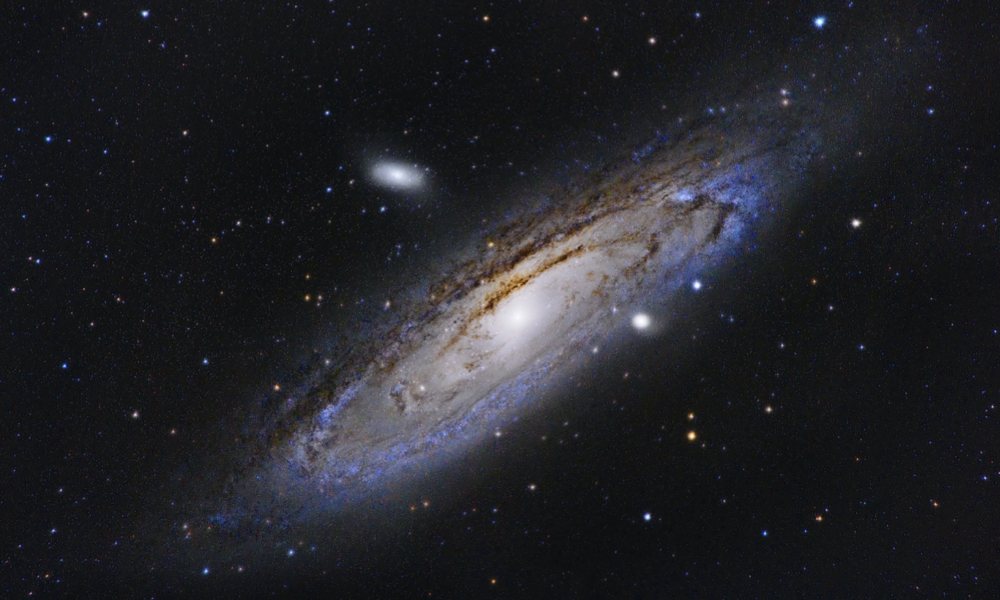
ESA Open Invitation To Tender AO8844
Open Date: 23/11/2016
Closing Date: 20/01/2017 13:00:00
Status: ISSUED
Reference Nr.: 16.1EE.12
Prog. Ref.: TRP
Budget Ref.: E/0901-01 – TRP
Special Prov.: BE+DK+FR+DE+IT+NL+ES+SE+CH+GB+IE+AT+NO+FI+PT+GR+LU+CZ+RO+PL+EE+HU
Tender Type: C
Price Range: 200-500 KEURO
Products: Satellites & Probes / Electronics / EEE Components / Other
Techology Domains: Spacecraft Environments and Effects / Environment Effects / Ground and Space Effects Investigations
Establishment: ESTEC
Directorate: Directorate of Technical & Quality Manag
Department: Electrical Engineering Department
Division: Electromagnetics and Space Environment D
Contract Officer: Fabrizi, Lavinia
Industrial Policy Measure: N/A – Not apply
Last Update Date: 23/11/2016
Update Reason: Tender issue
The objective is to build and test a prototype electron emitter that will use electric field-induced electron emission to reduce the absolute potential of a charged spacecraft.Spacecraft electrostatic charging in hot plasma environments leads to the risk of damaging electrostatic discharges and is linked to many serious incidents of anomalies and damage to spacecraft electronics. In principle, the charge can be removed by active emitters (guns) but this adds to the system complexity and cost.A GSP study used theory andsimulation to explore the possibility of a passive system in which naturally occurring potential differences on the spacecraft can be used to drive an electron emitter, which safely lowers the spacecraft potential.The study showed that such a system should be feasible and produced a conceptual design called SCAPEE.This proposes use of a system of spikes and a mask to create high electric fields. Carbon nano-tubes provide a further enhancement to the fields that are calculated to be sufficiently high to drive the electron field-emission processes. The next goal for the development of this device is to prove it works in the laboratory. For this, the design must be optimised and a prototype manufactured. Testing will be under vacuum and will characterise the current-voltage characteristics of the device.
If you wish to access the documents related to the Invitation to Tender, you have to log in to the ESA Portal.
